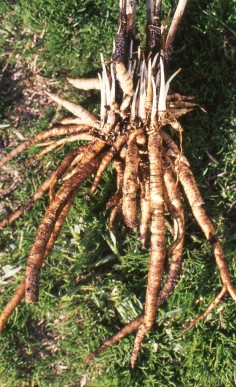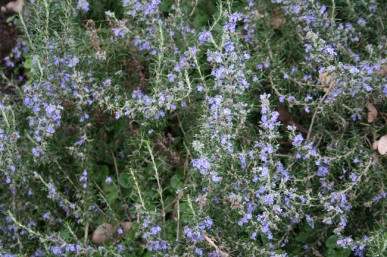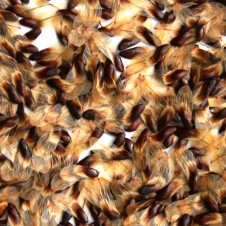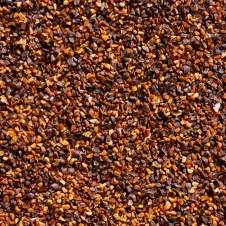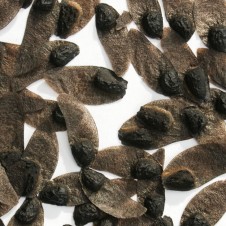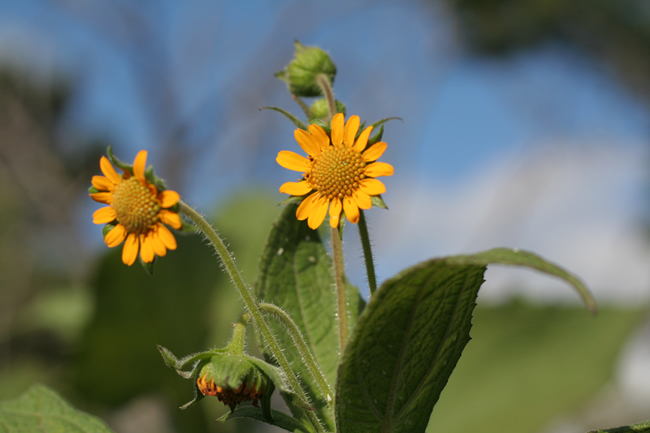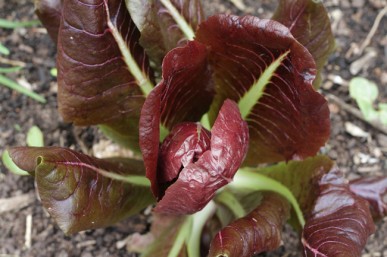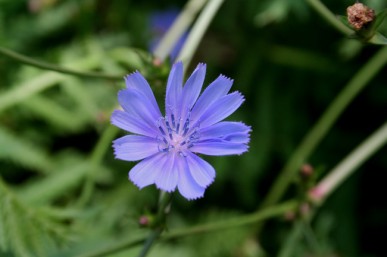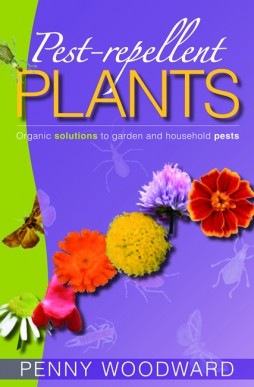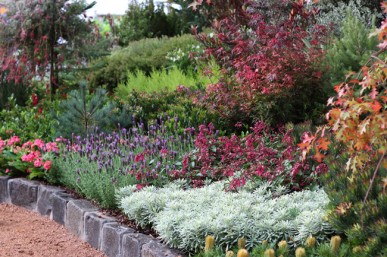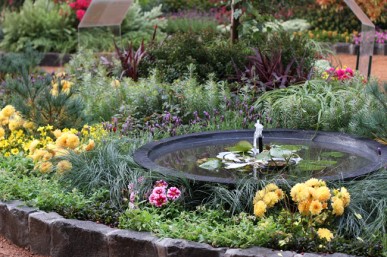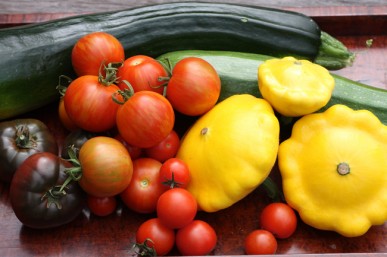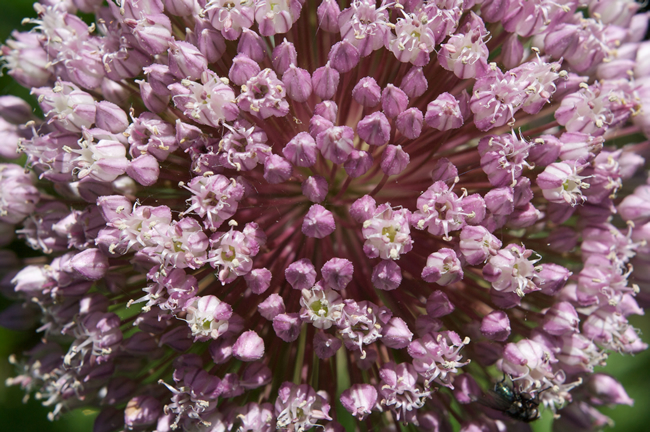Article and photo by Gail Thomas
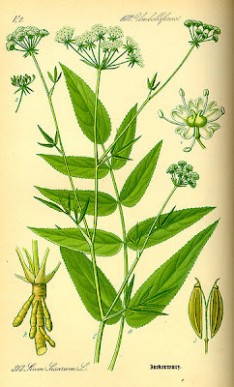
Botanical illustration of Sium sisarum. Prof. Dr. Otto Wilhelm Thomé Flora von Deutschland, Österreich und der Schweiz 1885 http://commons.wikimedia.org/wiki/File:Illustration_Sium_sisarum0.jpg
When the Friends of Geelong Botanic Gardens published a facsimile edition of its first curator Daniel Bunce’s 1838 The Manual of Practical Gardening adapted to the climate of Van Diemen’s Land, there among the plantings was skirret which produces the ‘sweetest, whitest and most pleasant of roots’.
Skirret (Sium sisarum) is a hardy perennial native to China and Japan is a member of the carrot and parsley family and was enjoyed widely in Europe back in the fifteenth century. The fleshy tuberous sweet white roots form in prongs from a crown, do best in cooler areas and can also be propagated from seed.
Skirret is hardy, grows to around 60cm -1m, prefers full sun but tolerates light shade, likes rich moist soils and should be lifted as required during winter – it is said roots are sweeter after the first frosts.
With a taste hinting of parsnip, carrot and parsley, skirret can be simply scrubbed before being boiled, baked, braised or creamed with mashed potato. It can also be added to soups, stews and curries or grated raw into salads and served simply with a vinaigrette dressing. The root can also be roasted as a coffee substitute and is believed to cleanse the bladder, treat jaundice and other liver disorders.
The Manual of Practical Gardening by Daniel Bunce from the Friends of Geelong Botanic Gardens ph (03) 5222 6053 or [email protected] (see Reviews on this site for more information about this book) and skirret plants from Island Herbs, Snug, Tasmania ph (03) 6267 9218 or [email protected]
Rosemary (Rosmarinus officinalis), a native of the Mediterranean, is a woody shrub which can grow to a height of 1 m. It has short, tough leaves densely bunched on the stems, and pale blue flowers in winter. There are several cultivars including ‘Tuscan blue’ and ‘Blue lagoon’, which are dwarf forms with dark-blue flowers; ‘Roseus’ with pink flowers; ‘Albus’ with white flowers; ‘Aureus’, which has leaves speckled with yellow; and ‘Prostratus’, a prostrate form. Most rosemaries can be grown from seed sown in spring and all grow well from cuttings taken in spring or summer. Rosemary likes a sunny, well-drained position with a slightly alkaline soil. It can be slow growing at first, but will need to be pruned regularly after the first two years. The prostrate and dwarf varieties are excellent for rockeries or hanging baskets. Harvest rosemary whenever it is needed.
This is a great new site where you can purchase native Victorian seed. I have to admit that I am a biased champion because the site is run by my sister Libby and her husband Steve, and it was designed by my son Dan (who also designed my site). The intention of the website is to provide information about, and to sell a diverse range of seed for the Melbourne and Central Victorian region. Their seed is different from that available from some other sources as they have set up their own Seed Production Area (SPA) so that their seed is not taken from remnant populations of indigenous flora. For more information about their SPA and the steps they have taken to make the seed as genetically diverse as possible, visit the site, look at the beautiful pictures and learn about the years of work that have been undertaken in order to establish this fledgling business. The catalogue page is a work of art, as well as being an easy way to order seed. Go to Victorian Native Seed
Article by Gail Thomas
Yacons (Polymnia edulis) are an Andean crop with a long history, having been found in pre-Incan tombs. They produce edible tubers which somewhat resemble dahlia tubers in appearance. Yacons are similar to, but not as invasive as, Jerusalem artichokes. Along with green cuttings, small pink skinned offsets at the base of the plant’s stem are used for propagation while the smooth, elongated brown skinned crisp textured tubers which can weigh from 100-500g, are the edible portion of the crop. Continue Reading
These plants do well in most soils and like full sun to semi-shade, are easily grown from seed and become bitter once the plants start to flower and go to seed. But before that happens you will get months of delicious and healthy leaves.
Chicory Cichorium intybus is a herbaceous perennial that grows from a strong tap root with large leaves. Blue flowers appear on long stalks in the second year. It is frost and drought tolerant, and makes a good winter salad crop in cooler regions. Young leaves have a delicious slightly bitter flavour. Older plants are eaten as vegetables. Some varieties are ‘Red Treviso’, ‘Palla Rossa’, ‘Catalogna Emerald’. Endive Cichorium endiva is closely related to chicory, grows in the same way and is a useful cool season salad plant. The flavour is mild, nutty and less bitter. Some varieties are ‘Pancalleri Fine Cut’, ‘Blonde Full Heart’, ‘Moss Curled’. Continue Reading
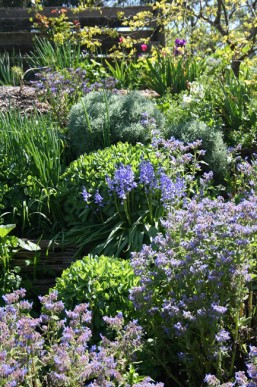
Your garden should not only be beautiful to look at but also a dynamic, balanced haven for all creatures (and plants) big and small.
These a just a few short extracts from my book Pest-Repellent Plants
from Chapter 1 Pests plants and predators
I hope this book will encourage you to embark on a journey of discovery, a journey that will add a fascinating new dimension to your gardening experience. Start by closely observing your garden and its inhabitants.
Everything in your garden depends on the other garden occupants and interacts with them. From the lowliest worm, centipede and ant … beetles, caterpillars and bugs … to frogs, lizards and birds … and finally to you. Your observations will show you the complexity and fragility of your garden ecosystem and some of the astonishing relationships that exist between insects and plants. Forget about bombarding everything that moves with a cocktail of the latest pesticides.
Instead, experiment with growing various masking and insect-repellent plants as well as plants that attract predators into the garden. Gradually you will build up a complete ecosystem where plants, pests and predators live in balance and remedies are needed only when this balance is upset.
My new book has finally arrived on the bookshelves around Australia. This is the second edition of the book of the same title that sold more than 20,000 copies with three reprints. This edition is completely updated with new information and new photographs. It covers the philosophy of pest-repellent gardening, that the garden should be a haven for all creatures and plants, big and small, not a battle ground. That sprays that kill (even organic ones) should be a last resort. That gardeners need to concentrate on healthy soil and healthy plants, as well as a diversity of planting, including predator attracting plants. We also need to provide homes and food for frogs, birds, lizards and bats, all of which feed on pests. Then the book looks at masking, repelling and killing plants and their numerous uses. As well as other solutions such as traps, trickery, netting and barriers to keep pests away from our precious plants. And common household items that are organic and can also be used against pests: soap, molasses, coffee, bicarbonate of soda, copper, sulphur and even water, to name but a few. The final section looks at the pests.
I encourage you to spend time in your garden, get to know your insects, as not all insects are pests and only spray once you have tried all the other solutions. Ask your local library to get a copy, buy the book from your local bookshop or buy it online in our store. Pest-Repellent Plants
Beneath the fabulous old trees of the Carlton gardens and in the Heritage listed Exhibition Building, it is not possible to imagine a better setting for a flower and garden show. And I think the 2012 show is one of the best in recent years. Although I don’t agree with all the judges decisions, there are some very deserving winners including the gold medal equal best in show Home.Life by the Tree and Shrub Growers Victoria (see above and below). Carolyn Blackman of Vivid Design has done a great job of displaying the variety of flowers, herbs and vegetables being promoted by Oasis Horticulture; and as usual the Debco Avenue of Achievable Gardens is a delight. Better I think than any other year. As I write this there are still two days of the show to go, and the weather, which has been perfect for the last three days, looks as if it is going to remain kind. So, if you have any interest in gardening, or just love beautiful things, make your way to the Flower and Garden show this weekend. If you can’t go, or just want a taste of what you will see, look at the pictures in the rest of this article.
Continue Reading
I’ve had a cornucopia of cucurbits this year, with lots of ‘Black Beauty’ zucchini and and bright yellow button squash. The pumpkins are not producing as prolifically because I planted them in an out of the way position with not enough sun, but the plants are still growing and the pumpkins are getting bigger. Unfortunately, for the last few weeks the powdery mildew has also been growing. Powdery mildew is a fungus that attacks cucurbits (zucchini, marrow, pumpkin, cucumber etc) and grapevines, some fruit trees and a range of other plants including begonias and roses. It first appears as pale grey spots on the surface of leaves, spreading to cover the whole leaf and stem. If untreated, eventually the whole plant will shrivel, brown and die. Powdery mildew is most prevalent in moderately dry regions, when the weather starts to cool in autumn and where water sits on foliage for long periods. Almost counterintuitively, it is less likely to be a problem in wet weather as well as very hot, dry weather.
Elephant garlic, also commonly called Russian garlic, is occasionally found listed in seed and bulb catologues and seed saver lists. In some regions it is found naturalised on old house sites and it is a welcome, or sometimes, unwelcome inhabitant of many suburban gardens – but it is not garlic.
So what is it? Its botanical name is Allium ampeloprasum (Ampeloprasum Group) ‘Elephant Garlic’ and it is actually a close relative of the leek, A. ampeloprasum (Porrum Group). It is only more distantly related to true garlic (A. sativum). Other common names are giant garlic, great-headed garlic, Levant garlic, Yorktown onion, and in French, ail d’orient, and German, pferdknoblauch. Continue Reading

